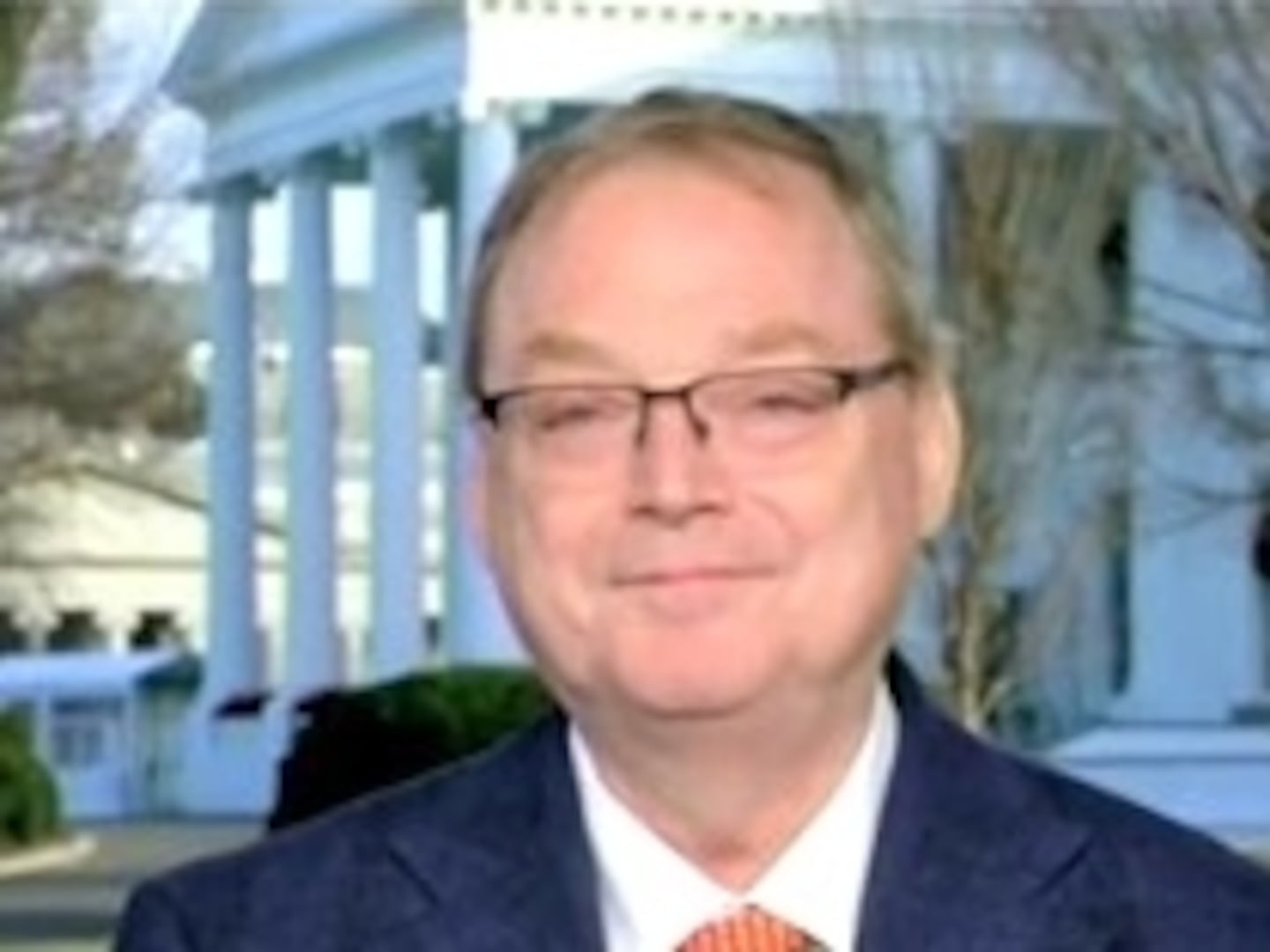Former Obama White House staffer R. David Edelman woke up Thursday to a bizarre new reality: Many people on the pro-Trump internet were convinced that he was the anonymous whistleblower at the heart of the impeachment proceedings.
And then the death threats started.
“There were people threatening real physical harm, alluding to the fact that I will not live very long,” Edelman said. “That was obviously upsetting for my family.”
Edelman, who is not the whistleblower, first became aware of his starring role in the new hoax in an email from a friend, who found a picture of Edelman on Twitter and thought it was funny. But Edelman soon realized his strange new problem was much bigger than that, after searching “Obama whistleblower photo” on Twitter.
Tweets with photos of Edelman’s face surrounded by circles and arrows in a picture taken from his time at the White House were racking up tens of thousands of retweets. The picture, taken as Obama White House staff reacted to Obama’s first speech after Hillary Clinton conceded the 2016 election, shows dismayed White House reacting to the election results. But as the picture circulated on social media this week, it was erroneously described as showing Obama staffers reacting to Trump’s first White House visit—and Edelman’s unhappy face was used as “proof” that the whistleblower was always biased against Trump.
“It had my face circled, and it said something to the effect of, ‘Here is your alleged Ukraine whistleblower,’” Edelman said.
But Edelman, who is now the head of MIT’s Project on Technology, Economy & National Security, can’t be the whistleblower. He left the White House in January 2017 as a special assistant to the president at the end of the Obama administration, meaning that he was more than two years removed from Trump’s July phone call with Ukrainian president Volodymyr Zelensky. He wasn’t there to hear internal concern over that call, or to have the Intelligence Community’s inspector general subsequently corroborate his account, because, again, he is not the whistleblower.
Nevertheless, in their quest to out the anonymous whistleblower, pro-Trump media personalities and their armies of Twitter fans have wrongly accused Edelman. A zoomed-in picture of his face was added to a widely-circulated video purporting to show the whistleblower’s name, which went viral on MAGA Twitter.
Edelman didn’t go into detail on the threats he received, but said they were concerning for his family.
“Yes, there were lots of people saying mean and threatening things,” Edelman said. “Yes, it is the internet.”
As he sought to put the erroneous claims that he’s the whistleblower to rest, Edelman and some friends were able to trace the first reference the false charge to two little-known accounts on Twitter and Reddit. But Edelman suspects that that account played only a small role in spreading the claim.
“That account has so few followers, that it’s unlikely that is the actual origin,” Edelman said.
The hoax really picked up after it was embraced by a number of right-wing internet celebrities. Actor Dean Cain, best known for playing Superman on Lois & Clark: The New Adventures of Superman, had a key role in advancing the claim that Edelman was the whistleblower, according to Edelman.
On Wednesday, Cain retweeted a picture claiming Edelman was the whistleblower, with his face circled in red and arrows around his head.
“Oh, snap!” Cain added.
“Dean Cain’s circulation of it was one of the distribution tipping points,” Edelman said.
Cain, who has reinvented himself as a conservative commentator, didn’t respond to a request for comment. But after this story first ran, Cain tweeted an apology—along with a GIF of Chef Gordon Ramsay meant to tell Caine’s critics to “piss off.”
Edelman got some unlikely help at stopping the hoax from far-right characters who realized that he had nothing to do with the whistleblower complaint. One prominent promoter of the pro-Trump QAnon conspiracy theory, for example, urged his fans not to retweet the picture of Edelman, calling it “fake news.”
“I wish there were more people with his commitment to correcting hoaxes,” Edelman said.
Edelman tried to dispute the hoax with tweets denying that he was the whistleblower, but many people who had already embraced the charge refused to believe it. One Twitter user dismissed Edelman as a “boomer.”
“There was one person that responded with, ‘ok, boomer,’” Edelman said. “Never once have I ever been called a boomer.”
Edelman, a cybersecurity expert, said his role in the hoax points to larger disinformation issues looming for social networks in the current political climate.
“This is just another entry into the long logbook of internet falsehoods that we are going to have to contend with, and even more so as we get into an election cycle,” Edelman said.
Edelman has tried to get Twitter to take down claims that he’s the whistleblower. While he’s had some success, Twitter and other social media networks still feature countless references to Edelman as the whistleblower.
“This is still out there, this is still metastasizing,” Edelman said. There are hundreds of thousands, if not millions, of people who believe that this is the face of the whistleblower.”






